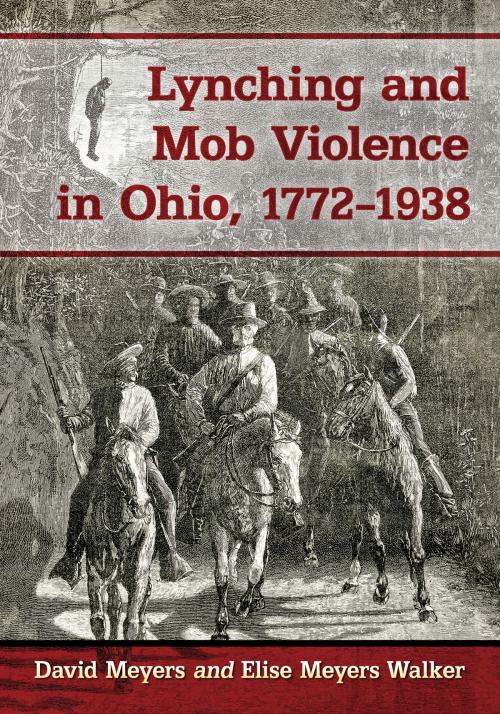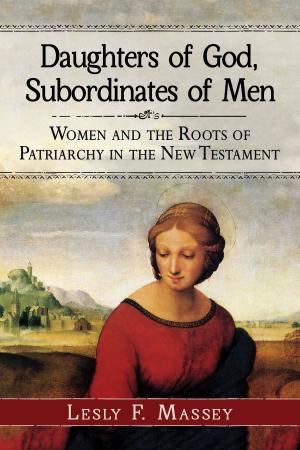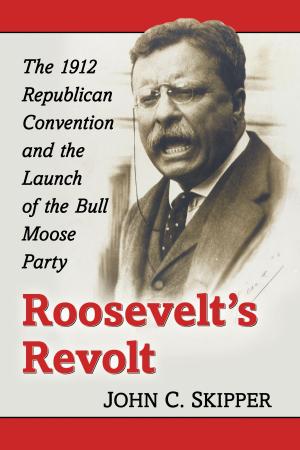Lynching and Mob Violence in Ohio, 1772-1938
Nonfiction, History, Americas, United States, Social & Cultural Studies, Social Science| Author: | David Meyers, Elise Meyers Walker | ISBN: | 9781476634128 |
| Publisher: | McFarland & Company, Inc., Publishers | Publication: | November 20, 2018 |
| Imprint: | Language: | English |
| Author: | David Meyers, Elise Meyers Walker |
| ISBN: | 9781476634128 |
| Publisher: | McFarland & Company, Inc., Publishers |
| Publication: | November 20, 2018 |
| Imprint: | |
| Language: | English |
In the late 19th century Ohio was reeling from a wave of lynchings and other acts of racially motivated mob violence. Many of these acts were attributed to well-known and respected men and women yet few of them were ever prosecuted—some were even lauded for taking the law into their own hands. In 1892, Ohio-born Benjamin Harrison was the first U.S. President to call for anti-lynching legislation. Four years later, his home state responded with the Smith Act “for the Suppression of Mob Violence.” One of the most severe anti-lynching laws in the country, it was a major step forward, though it did little to address the underlying causes of racial intolerance and distrust of law enforcement. Chronicling hundreds of acts of mob violence in Ohio, this book explores the acts themselves, their motivations and the law’s response to them.
In the late 19th century Ohio was reeling from a wave of lynchings and other acts of racially motivated mob violence. Many of these acts were attributed to well-known and respected men and women yet few of them were ever prosecuted—some were even lauded for taking the law into their own hands. In 1892, Ohio-born Benjamin Harrison was the first U.S. President to call for anti-lynching legislation. Four years later, his home state responded with the Smith Act “for the Suppression of Mob Violence.” One of the most severe anti-lynching laws in the country, it was a major step forward, though it did little to address the underlying causes of racial intolerance and distrust of law enforcement. Chronicling hundreds of acts of mob violence in Ohio, this book explores the acts themselves, their motivations and the law’s response to them.















